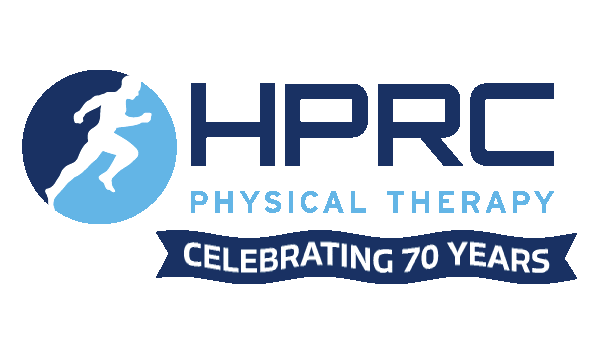Bryce Gaunt, PT, SCS
Director of Physical Therapy
HRPC St. Francis Rehabilitation Center – Main Campus
Over the last 20 years, a growing number of children have become involved in youth sports. Keeping kids active is a positive trend, but in today’s hyper-competitive environment, it’s important to protect young athletes from overuse injuries.
An overuse injury results from excessive physical activity without adequate rest and recovery, and it occurs when the body’s workload is consistently greater than its level of fitness. Children who train and or compete intensely over time are more at risk for overuse injuries. This is especially true for the growing number of young athletes who play one sport year-round, what we call sports specialization.
We tend to think of kids as having unlimited flexibility and endurance, but they’re actually at higher risk for overuse injury because their bodies are still growing and developing and they’re doing so at constantly changing rates. Kids’ muscles, bones, joints and coordination are not yet mature, and they can’t handle the same kinds of trianing that a healthy adult might.
Consider the following:
• Overuse injuries account for half of all athletic injuries in children and teens.
• Young people are at nearly double the risk of injury when they participate in more hours of sports practice per week than their number of years in age, or where the ratio of organized sports to free play time is in excess of 2:1.
• Young people are more than eight times more likely to be injured if they train more than 16 hours per week.
There are many things we can do to safeguard against overuse injuries. Keep the following in mind:
• Appropriate training can decrease the likelihood of injury as much as 50%.
• Recovery is essential. Adequate rest and proper nutrition are key to helping a young body recover.
• Kids should participate in a wide variety of sports. This provides different stresses to the body, and improves athletic development through a wide range of movements.
• Training intensity should vary over the course of a year and include periods of high and low intensity.
• Proper stretching is key. Children tend to have excessively tight muscles due to their growing bones. A regular stretching regime can reduce injury risk.
Remember, the goal is to make sure that any kind of training is appropriate for a child’s fitness level and stage of growth and development. The workload must fit the body’s capacity to do the work.



